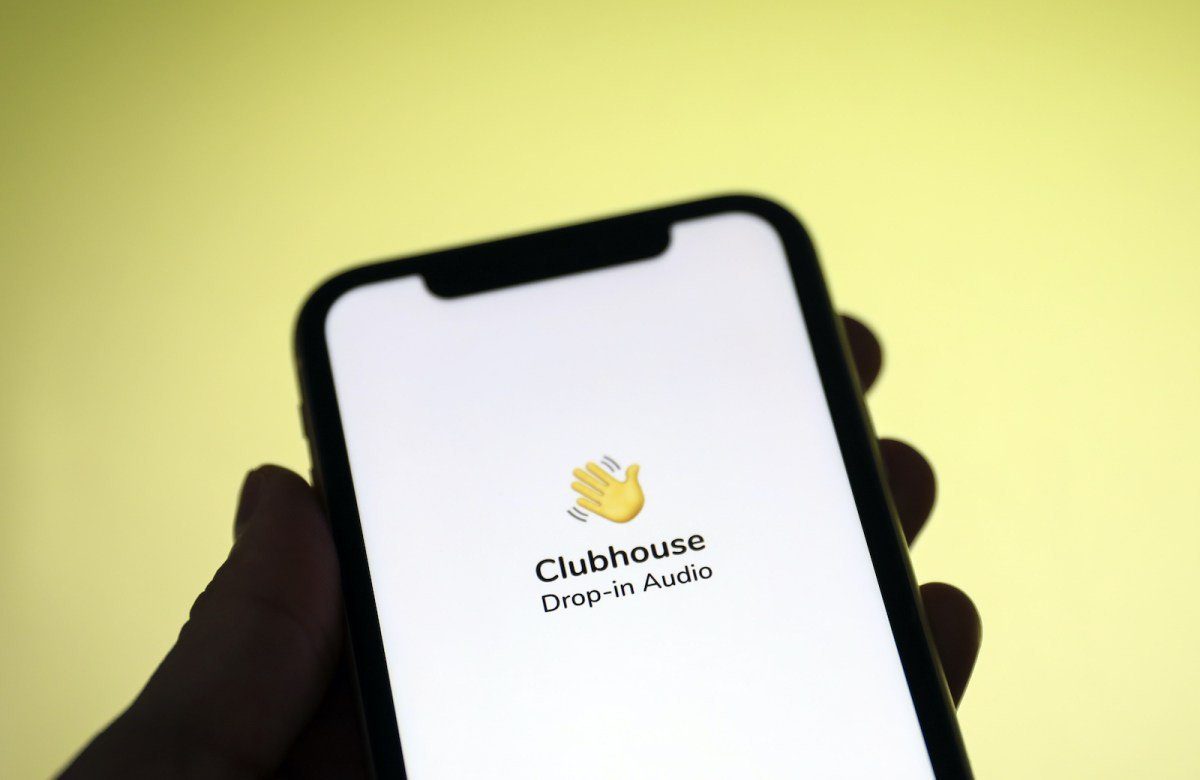The clubhouse has been doing everything to retain attract more users. The first of its kind social audio app recently rolled out a new messaging feature. To attract more users, the company has also launched an Android version of the app. Now it has decided to roll out spatial audio support to give users a more real-life-like feeling. The launch is to enhance its core audio experience for users. The integration of spatial audio will enhance the experience of users hanging out live with others. Clubhouse’s Justin Uberti said that the features will allow different speakers to sound like they are coming from different locations instead of one single spot. Uberti joined the social audio app in May this year. Before joining the company as head of streaming technology, Uberti worked with Google. He spent almost a decade with the tech giant. During his tenure with Google, Uberti created Google Duo. He even leads the Hangout team of the tech giant. Most recently, Uberti was working with Stadia, the cloud game platform of Google. He is the one who created the WebRTC standard that the audio social app was built on top of. He said the main difference one realizes in these chat apps is that you won’t get the feeling that one gets while speaking with someone in person. “The setting is to enhance this feeling. This will give exactly the same experience as being in a physical space,” Uberti said.
Clubhouse and its rivals bring people together for a live discussion. But the audio in the virtual social settings always feels flat. Users always complain that sound feels like it is emanating from one single source. But the audio that Clubhouse is simulating will make you hear voices from all around the room. This will feel like audio is coming from different locations. In order to implement this feature, The audio-only app is integrating API from Second Life creator Philip Rosedale’s spatial audio company High Fidelity. It will be blend with the social audio app’s own custom audio processing that is tuned for the chat app. High Fidelity’s HRTF or Head Related Transfer Function adds a time delay between stereo channels to map speech to different virtual locations. It replicates the way sound of high and low frequencies would enter in user’s ear depending on a sound’s origin. As a result, users get the experience of audio as if in physical presence. Uberti said that the company is implanting the changes in a very subtle manner but despite it, the changes will be noticeable. The audio processing will put most speakers in front of the Clubhouse listener by gently steering the conversation and would give a sense that participants are speaking from different physical locations.
The new audio features have been rolled for the majority of users who are on iOS. For the rest of iOS users and those who use Clubhouse on the Android platform within a couple of weeks. The feature will be available for all users soon. However, there will be an option to toggle the spatial audio feature off. The audio app will use techniques to make large rooms actually sound large while those conversations happening in small rooms sound they are taking place in a smaller physical space. Most of the app users are likely to be benefitted from the new features as the majority of them use headphones to participate in Clubhouse. While it is too early to find how useful this feature would be for Clubhouse users, one thing is sure that it could enhance experiences for music and comedy shows on the app quite a bit. “When someone would laugh, it would feel like the laughter is coming from all around. You will have experience of sitting in a comedy club.” Uberti said.
